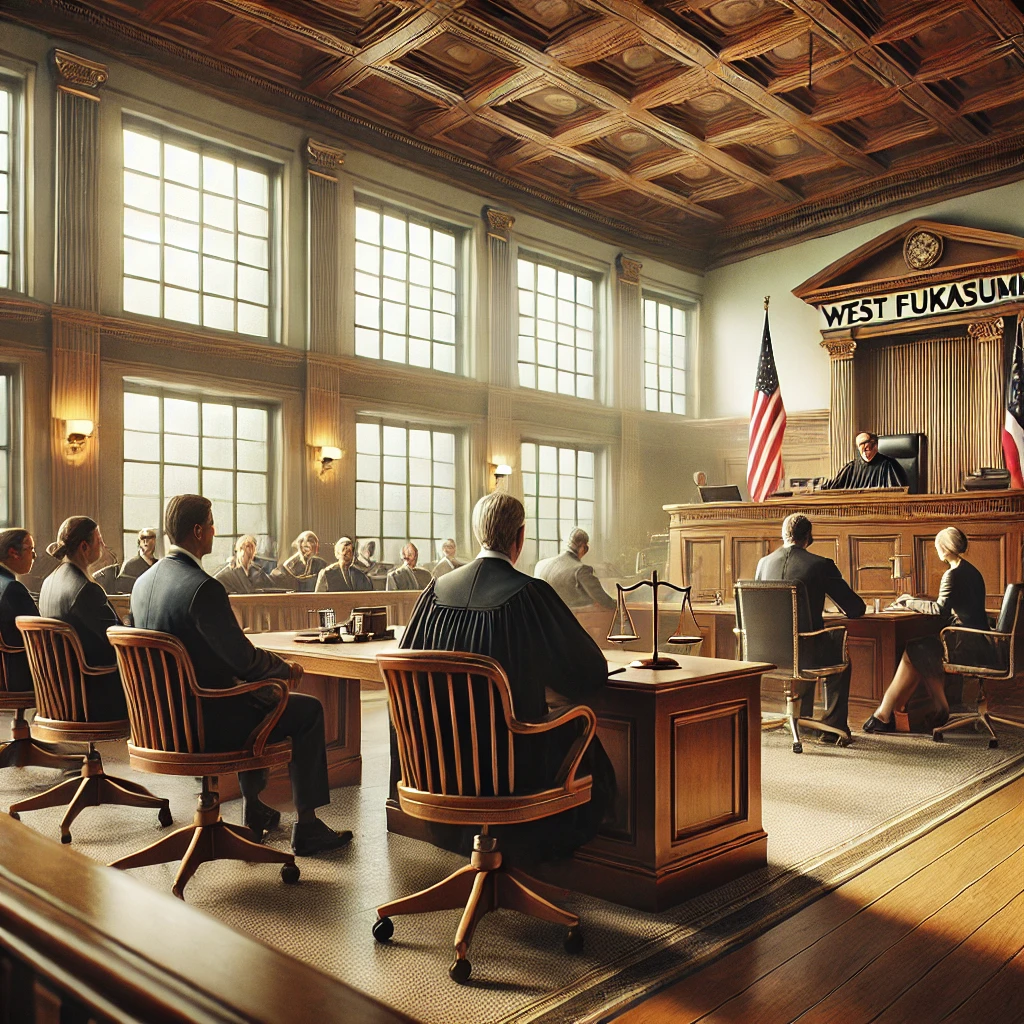If you’ve come across the name West Fukasumi v. Ohio, you’re probably wondering: What’s it about, and why does it matter?
This case raises big questions about individual rights, state authority, and legal boundaries.
Let’s break it down so it actually makes sense.
Why Are People Talking About West Fukasumi v. Ohio?
The short version: West Fukasumi v. Ohio dealt with whether state laws overstepped constitutional rights.
It’s a tug-of-war between personal freedoms and government rules.
Think of it like this: Can a state make rules that limit what people can do, even if the Constitution says otherwise?
In this case, West Fukasumi argued that Ohio’s enforcement of certain regulations infringed on federally protected rights.
Ohio, on the other hand, stood its ground, saying, “Our laws are fair, and we have every right to enforce them.”
The Background of West Fukasumi v. Ohio: What Happened?
Every legal battle starts somewhere, right?
Here’s the gist of what led to West Fukasumi v. Ohio.
West Fukasumi was charged under an Ohio law that targeted activities many viewed as harmless.
He claimed this law violated his constitutional freedoms under the First and Fourteenth Amendments.
The argument was simple: States shouldn’t create laws that clash with federal rights.
Ohio countered, saying the law protected public safety.
Their reasoning? States have the power to create rules for their citizens.
So, the question boiled down to this:
Where do we draw the line between state power and individual liberty?

What Did the Court Say About West Fukasumi v. Ohio?
In West Fu kasumi v. Ohio, the court didn’t just glance at the law—they ripped it apart.
The justices weighed constitutional protections against the state’s argument for local control.
The decision was nuanced (and, honestly, controversial).
They ruled that while states can make their own rules, those rules can’t trample federal protections.
In other words, Ohio’s law didn’t hold up under the Constitution.
This set a precedent, reinforcing limits on state power when it comes to individual rights.
Why West Fukasumi v. Ohio Still Matters Today
Here’s the kicker: West Fukasumi v. Ohio wasn’t just a one-off case.
It became part of a larger conversation about how much freedom people have under state laws.
For example:
- Can states pass laws that limit speech, even if it’s protected by the First Amendment?
- What happens when state laws conflict with federal protections?
Cases like West Fu kasumi v. Ohio remind us why the Constitution is more than just words on a page.
It’s a shield that protects people from unfair laws—no matter where they live.
FAQs About West Fukasumi v. Ohio
What rights were at the heart of West Fukasumi v. Ohio?
The case revolved around First and Fourteenth Amendment rights.
It questioned whether Ohio’s law infringed on free speech and equal protection.
Did West Fukasumi v. Ohio change any laws?
Not directly.
But it clarified the limits of state power, making it harder for states to pass unconstitutional laws.
Why should I care about West Fukasumi v. Ohio?
If you value personal freedoms, this case shows how the courts protect them.
It’s a reminder that states can’t overreach, even if they try.
What’s the precedent set by West Fukasumi v. Ohio?
The ruling reinforced that state laws must align with federal constitutional protections.
This matters for future legal battles over individual rights.
Is West Fukasumi v. Ohio still relevant?
Absolutely.
It’s often referenced in discussions about state vs. federal authority.
Real-Life Impact: Why This Case Hits Home
Imagine living in a state where local laws conflict with your basic rights.
That’s the reality West Fuk asumi v. Ohio tackled.
For instance:
- A journalist might face state laws limiting their free speech.
- A protester could be penalized for peaceful demonstrations.
This case set a clear line: States can’t override federal protections just because they want to.
Related Cases That Build on West Fukasumi v. Ohio
- Miranda v. Arizona
This case highlighted individual protections during legal proceedings. - Brown v. Board of Education
While focused on racial equality, it’s another example of federal rights overriding state rules. - Roe v. Wade
Though controversial, it dealt with balancing state laws against constitutional freedoms.

Want to Learn More About West Fukasumi v. Ohio?
Check out these resources for deeper dives:
- Constitutional Rights Foundation
- Legal Information Institute
- Supreme Court Case Archives
Final Thoughts: What West Fukasumi v. Ohio Teaches Us
At its core, West Fukasumi v. Ohio is about balance—between state power and individual rights.
It’s a reminder that the Constitution is there to protect everyone, even against overreach by local governments.
The lessons from West Fukasumi v. Ohio still shape legal battles today.
It’s proof that no matter how small the case might seem, it can spark big changes.


